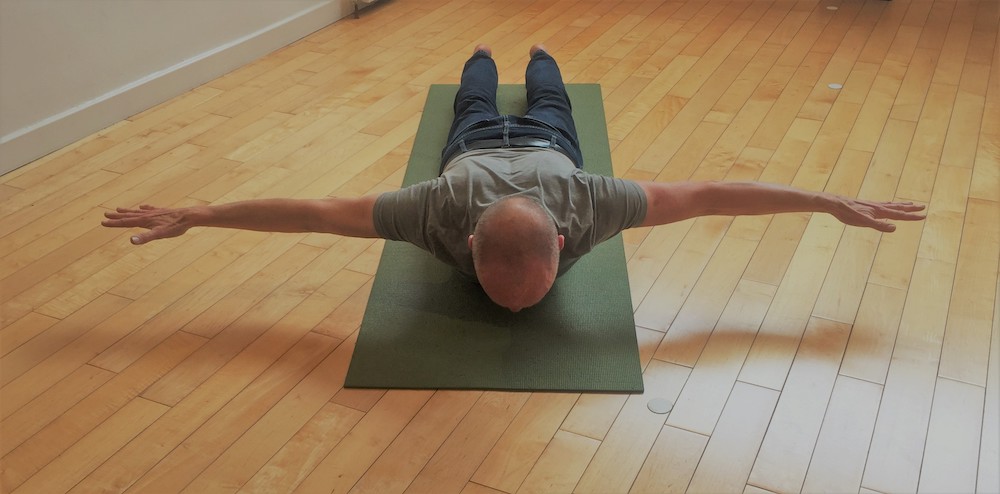Balance Yoga Practice – Seems to be ‘on trend’ with latest research findings on the prevention of back pain and effective exercise for body maintenance.
Nature has designed the body for movement particularly the back and especially the spine which is specifically designed and structured to withstand loading and twisting actions. These type of movements tone and strengthen the shoulders and back while promoting physical and mindful wellbeing within a structured yoga practice.
Among other health benefits, the practice at balance promotes good posture – balancing the front and back of the entire body – while enhancing back and spinal health.
This supports our everyday activities especially out with the studio and applies whether walking, standing, sitting or working.
Last week the Times newspaper highlighted the extent of the growing UK back pain problems noting that nine million people are estimated to suffer, while one in seven GP appointments are related to muscle and nerve problems, the majority of which are related to the spine.
A separate edition of the paper reported that medical experts estimated that approximately £140m was spent by the NHS on both drugs and operations in an attempt to ‘solve’ the problem but this had resulted at best in only marginal improvements for some.
It further highlighted the fact that movement and careful exercise were the most effective treatments for the majority of back problems and while sedentary lifestyle factors are the main contributor, the urban myth that ‘rest’ is a good cure still apparently persists.
People are sometimes unaware of how to isolate and target the kinetic chain muscles of the back of the body perhaps overworking the front of the body.
One of the most effective exercises tested, and a movement we regularly incorporate in our yoga classes, is the face down lying-back strength-shoulder raise.
- To prepare the starting position looks like the capital letter I when viewed from above and involves extending both arms straight out – shoulder width – pointing the toes away, while beginning to engage the abdominal muscles to protect the lower back and spine
- The focus is then on the breath; inhaling and then exhaling to generate most of the initial lift of the arms through the shoulders and upper chest, not the lower back. Holding for 3 to 5 breaths, rest and repeat
- On completion don’t forget to turn onto the back carefully bringing the knees together and in towards the chest as a counter movement, then supplement with a gentle supine twist.
Further increments and development can incorporate lifting the legs and variations of the arm positions, described in the article as the ‘I-Y-T’ movement to gradually develop more intensity as we gain more strength and flexibility in the back and spine.
The current series of Beginners Plus classes incorporate foundation exercises for the back and spine which can be performed simply at home or when travelling for ongoing health benefits, incorporating good technique to build strength and flexibility and help prevent injury.
See you in class soon!
Written by David Moore, Yoga Teacher at balance. David will be teaching the next four week block of Beginners Plus from Monday 30 April. If you are interested in booking, please contact reception on 0141 332 8800 or visit balance.co.uk.

